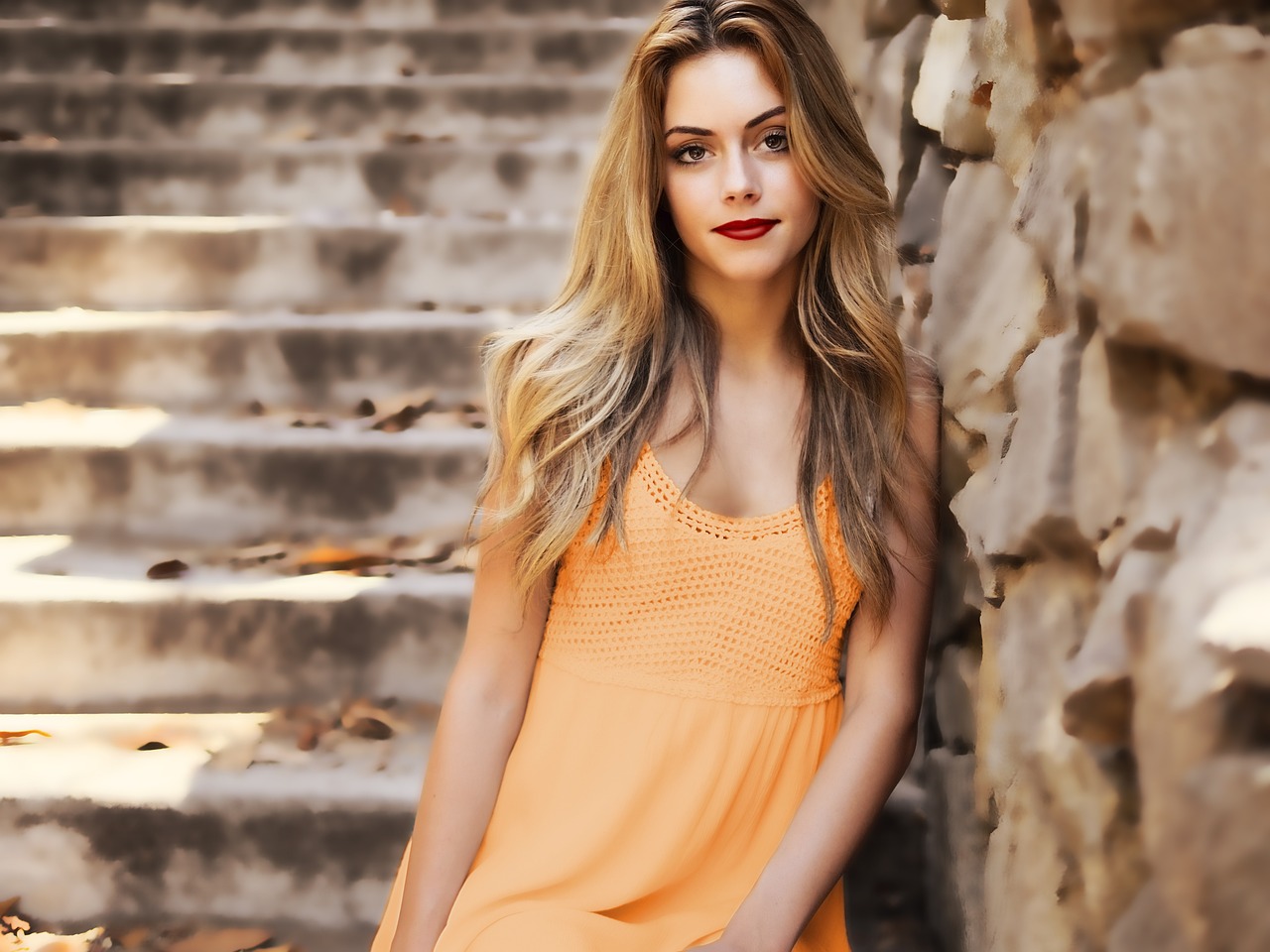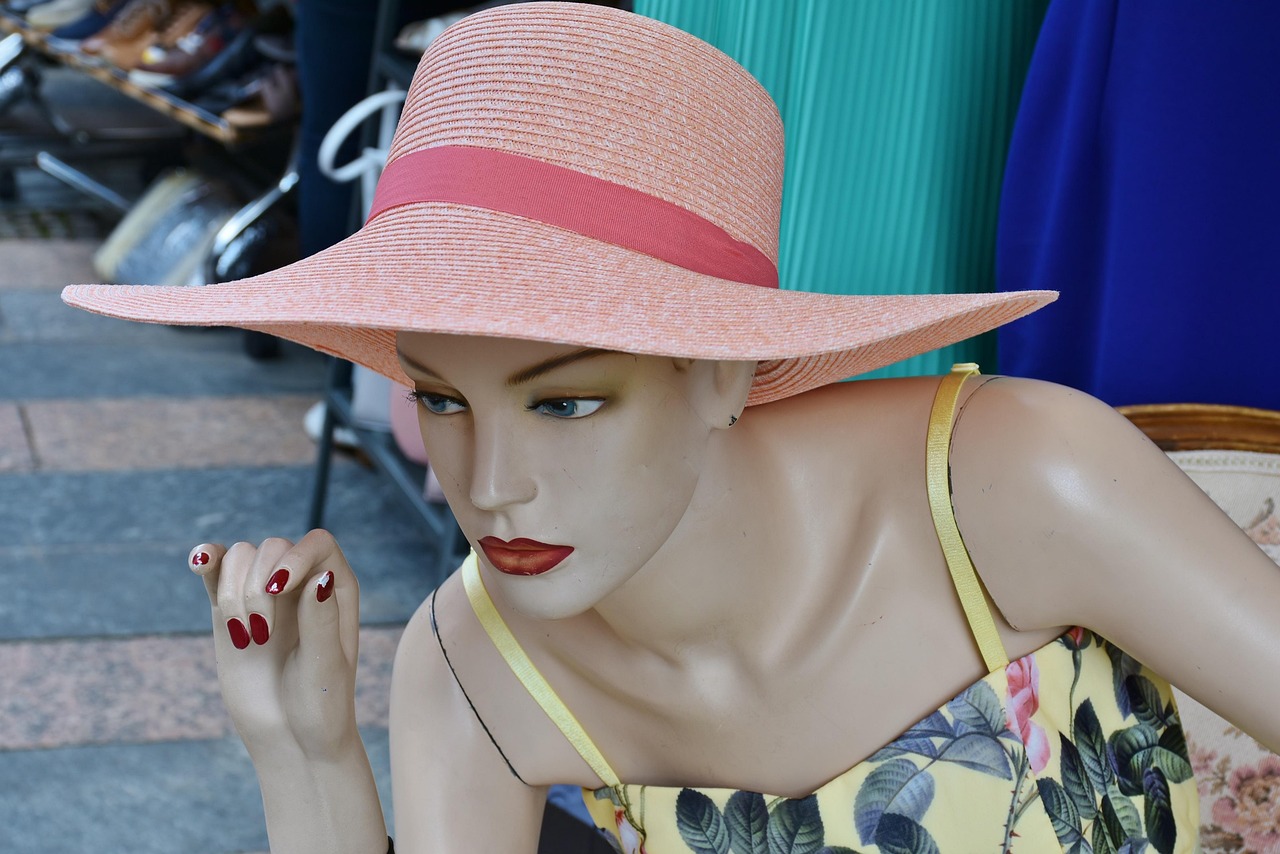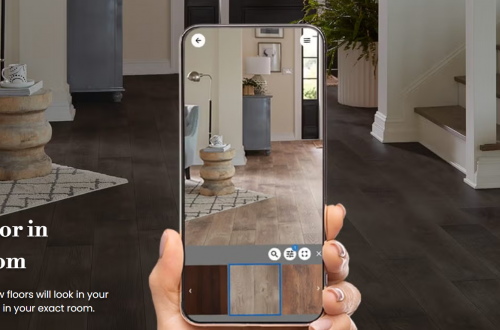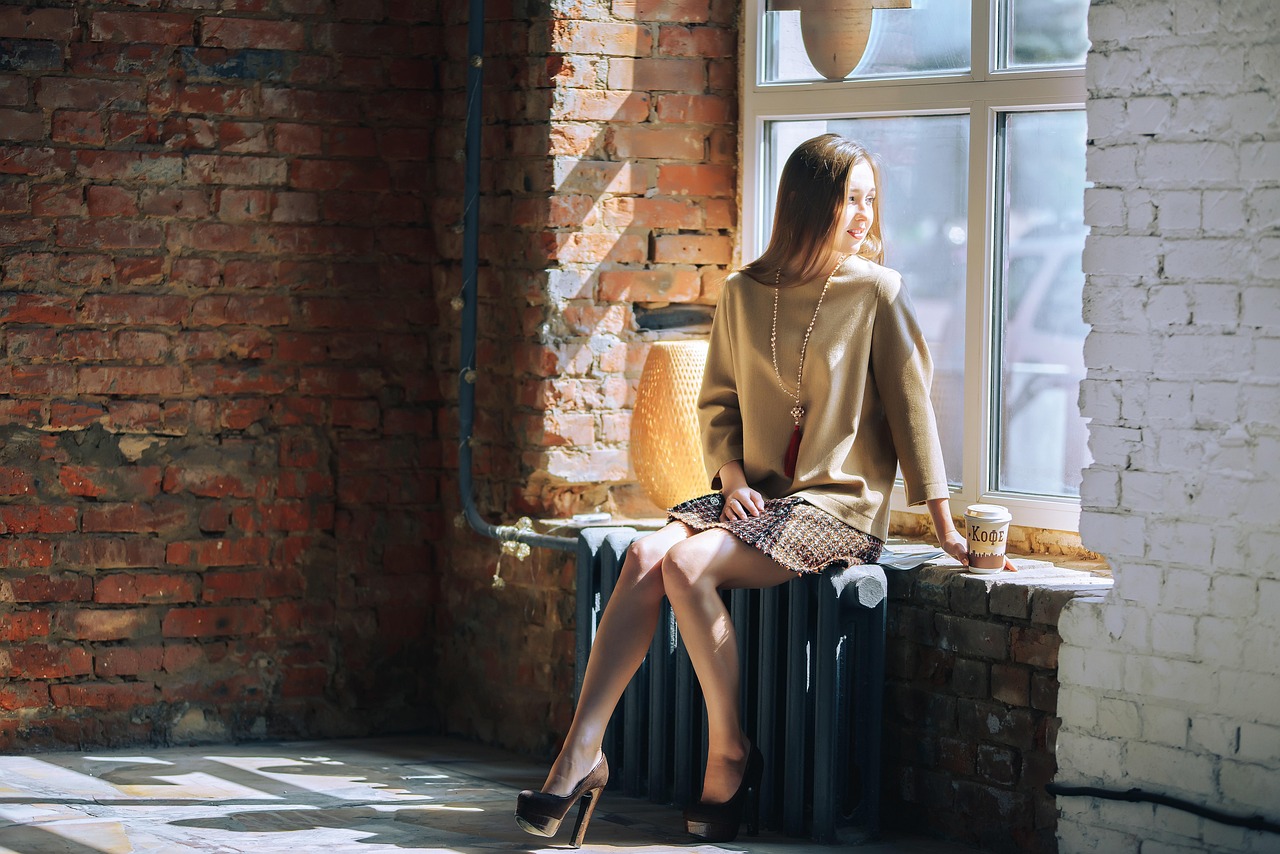
The Unexpected Fashion Trends Taking Over the Industry
H1: The Unexpected Fashion Trends Taking Over the Industry
Fashion is known for its ever-changing nature, where the unexpected often becomes the norm. While trends typically evolve gradually, some emerge so suddenly that they take the industry by storm. This article will dive deep into the surprising and unconventional fashion trends that are shaping the industry today. From nostalgic revivals to digital innovations, these trends are not only disrupting the market but also influencing how we think about style and self-expression.
H2: Introduction: Fashion’s Ever-Changing Landscape
Fashion is more than just about clothes; it’s a reflection of culture, society, and the mood of the times. Every decade brings new influences, some of which are predictable, while others emerge seemingly out of nowhere. What’s truly fascinating is how the unexpected trends in fashion often come to define an era. In 2025, we are seeing a mix of nostalgia, innovation, and inclusivity that is shaping how we dress, how we shop, and how we view style.
H3: The Element of Surprise in Fashion
The element of surprise has always been at the heart of fashion. Designers and influencers love to push the boundaries of what’s considered “in” or “out,” and it’s these unexpected shifts that keep the industry exciting. From unexpected color combinations to unusual fabric choices, these trends are often ahead of their time, making them both daring and influential.
H2: The Revival of Y2K Fashion
Y2K fashion, a term coined from the turn of the millennium, has seen a massive resurgence in recent years. This style, which defined the late ‘90s and early 2000s, is now back, but with a modern twist. The comeback is largely driven by nostalgia, as millennials and Gen Z look back fondly at the bold and experimental trends of their youth.
H3: How Nostalgia Influences Modern Fashion
Nostalgia plays a huge role in today’s fashion trends. As social media platforms like TikTok and Instagram push these retro styles into the limelight, more and more people are embracing the Y2K aesthetic. The rise of digital culture and the constant sharing of “throwback” photos have reignited interest in old-school styles.
H4: Key Elements of Y2K Style Making a Comeback
Several key elements from Y2K fashion have made a significant return:
- Low-rise jeans: Once seen as a trend of the past, they are now a mainstay in many wardrobes.
- Chunky sneakers: These bold, oversized footwear items are back on the runway.
- Bold accessories: Think plastic chokers, butterfly clips, and neon everything.
These distinctive pieces not only evoke nostalgia but also give modern fashion a playful edge.
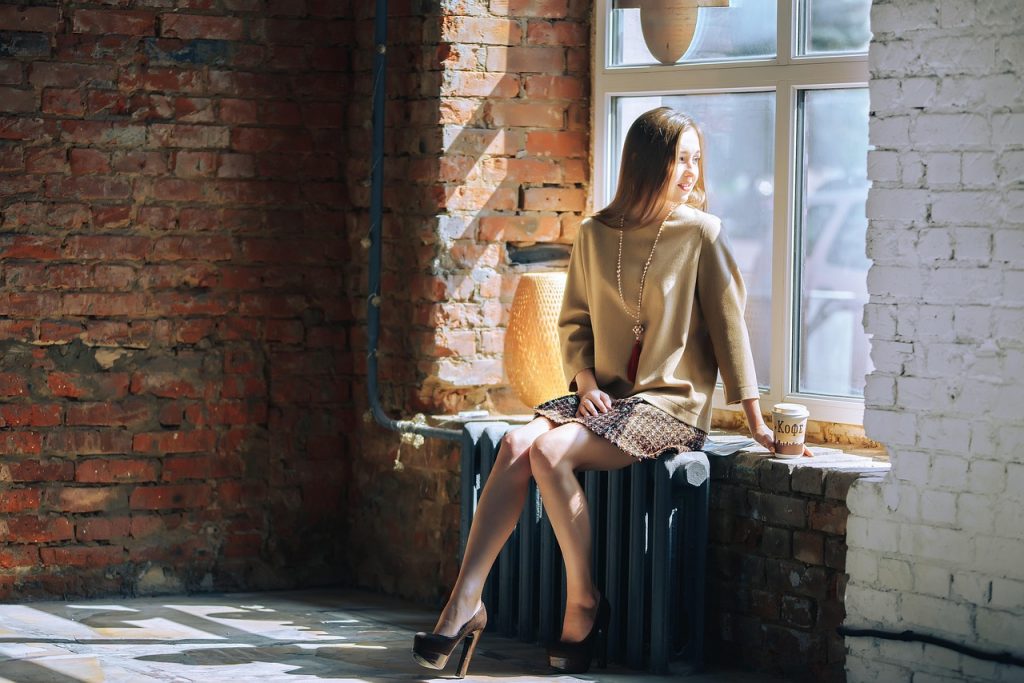
H2: Sustainable Fashion: The Unexpected Shift
One of the most unexpected but important changes in fashion today is the rise of sustainable fashion. Once considered a niche movement, sustainability is now at the forefront of many fashion discussions. With climate change and environmental concerns at an all-time high, the fashion industry is being forced to confront its environmental impact.
H3: Eco-Friendly Fashion Brands Leading the Way
Brands like Patagonia, Stella McCartney, and Reformation have become leaders in this shift, offering eco-conscious collections that don’t sacrifice style. From using recycled materials to adopting fair labor practices, these brands are proving that sustainability and fashion can coexist without compromise.
H4: The Importance of Conscious Consumption
Consumers are becoming more mindful of their purchases, with many opting for quality over quantity. The slow fashion movement encourages people to invest in timeless pieces that can last for years rather than fast, disposable trends. This shift in consumer behavior is creating a ripple effect across the entire industry.
H2: The Dominance of Gender Fluid Fashion
Another unexpected trend is the rise of gender-fluid fashion. This movement challenges traditional notions of gendered clothing, offering styles that anyone, regardless of gender, can wear. High-fashion houses and streetwear brands alike are embracing gender-neutral designs, and this inclusivity is reshaping the entire fashion landscape.
H3: Breaking the Traditional Boundaries
Historically, fashion was divided into “men’s” and “women’s” sections, each with its own set of rules. However, the lines between these categories are increasingly blurred, with many designers opting for more inclusive, gender-fluid collections. Celebrities like Harry Styles and Billy Porter are among the high-profile figures leading this charge, inspiring others to embrace more fluid and expressive ways of dressing.
H4: How Gender-Neutral Fashion is Reshaping the Market
Gender-neutral fashion has the potential to redefine how we approach personal style. It’s not about rejecting gender identity; rather, it’s about offering a wider array of options that suit all people. With more brands offering unisex collections, the market is seeing a shift toward greater representation and inclusivity.
H2: Tech and Fashion: The Rise of Virtual Clothing
The intersection of technology and fashion has introduced a completely unexpected trend: virtual clothing. Digital fashion is no longer just a concept; it’s an emerging industry with real-world implications. As virtual worlds and social media platforms like Instagram and Snapchat evolve, the demand for virtual clothing is rapidly increasing.
H3: Digital Fashion’s Role in the Future
With the rise of virtual reality (VR) and augmented reality (AR), digital fashion allows people to wear clothing without actually owning it. Virtual fashion shows, digital avatars, and NFTs (Non-Fungible Tokens) are changing how fashion is bought and sold. For the eco-conscious consumer, virtual clothing provides a sustainable alternative to fast fashion.
H4: Virtual Try-Ons and Fashion’s Digital Transformation
In addition to virtual clothing, technology has also enabled virtual try-ons. Using AR technology, consumers can “try on” outfits before purchasing, reducing the number of returns and boosting online shopping experiences. This digital transformation is making it easier for consumers to shop with confidence and is transforming the traditional shopping model.
H2: The Return of Bold Colors and Prints
2025 is shaping up to be a year of vibrant colors and daring prints. After years of muted tones and minimalism, fashion is embracing boldness. Think neon greens, electric blues, and clashing patterns, all coming together to create a dynamic, high-energy look.
H3: Color Trends Shaping Fashion in 2025
Pantone’s color of the year for 2025 is “Digital Lavender,” a pastel hue that represents a calming influence amidst the chaos of modern life. Other vibrant colors, including bright yellows and deep purples, are also making waves on the runway.
H4: The Impact of Vibrant Prints on Street Style
Street style, often a reflection of current cultural shifts, is embracing eccentric prints and patterns. From animal prints to psychedelic swirls, these bold designs are becoming synonymous with individual expression, encouraging people to step out of their fashion comfort zones.
H2: Fashion’s Embrace of Comfort Over Convention
In a world where speed and convenience are prioritized, fashion has begun to embrace comfort over convention. The rise of loungewear and athleisure has made it clear: comfort is no longer just a casual option but a style statement.
H3: Loungewear and Athleisure: The New Fashion Staple
Loungewear, once relegated to home use, is now seen in everyday settings. With the increase in remote work and flexible lifestyles, athleisure has become a go-to for many. The blend of style and comfort in sweatpants, hoodies, and sneakers reflects the modern desire to look good while feeling good.
H4: Why Comfort is King in Today’s Fashion World
Comfort is now prioritized above all else. As society continues to value wellness and self-care, people are seeking clothing that supports their busy, active lifestyles while maintaining a fashionable edge. This shift is causing brands to innovate and design collections that cater to both style and comfort.
H2: Conclusion: The Future of Fashion Trends
The fashion industry is evolving at a rapid pace, and the unexpected trends of today are shaping the future. From the Y2K revival to the rise of sustainable and gender-neutral fashion, these trends are breaking down barriers and changing the way we think about style. As technology and consumer preferences continue to drive innovation, we can expect even more surprises on the horizon.
H2: FAQs
H3: What is the most surprising fashion trend of 2025? The most surprising trend is the rise of digital fashion, where virtual clothing and virtual try-ons are becoming mainstream.
H3: How do sustainable fashion brands impact the environment? Sustainable brands reduce waste, use eco-friendly materials, and encourage mindful consumption, making a positive environmental impact.
H3: Are virtual clothes here to stay? Yes, with the growth of digital worlds and NFTs, virtual clothing is expected to become a significant part of the fashion industry.
H3: Can gender-fluid fashion become mainstream? Absolutely. As more brands embrace inclusivity and gender-neutral designs, gender-fluid fashion is expected to grow and become more accepted in the mainstream.
H3: How can I incorporate bold colors into my wardrobe? Start with accessories like bags and shoes, then gradually add bold tops or pants to your outfits to experiment with vibrant colors.

